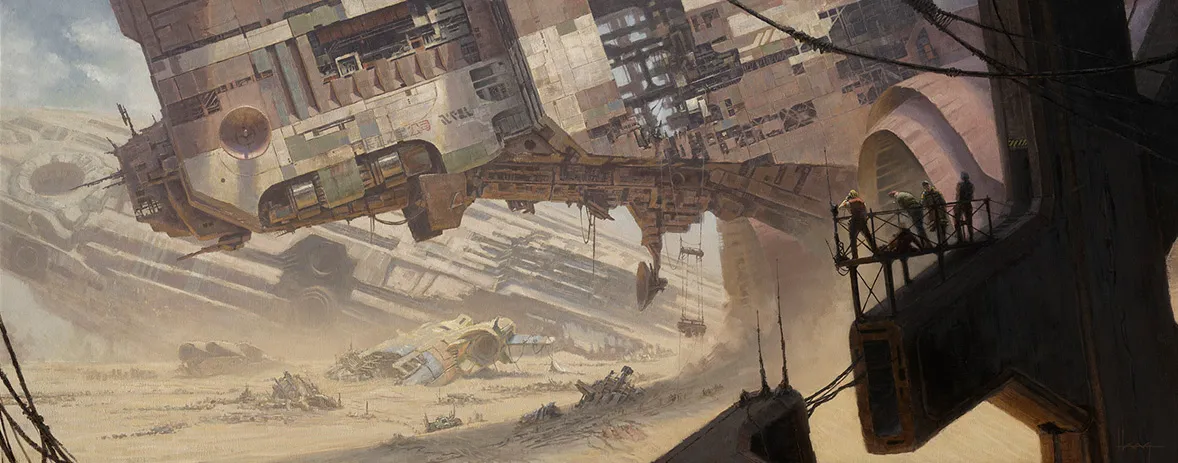Science fiction is something that is near and dear to my heart. Ever since I was young, science fiction (as well as fantasy) were the only genres I would read. Notions of the stars, spaceships, teleportation, superhumans, all sorts of apparent impossibilities played their way behind my eyelids. My dreams were filled with foreign galaxies and distant planets. I write this like it is in the past, but in reality that is still the case. New discoveries in the realm of astronomy send my heart beating faster, my brain racing at the prospect of the possibilities. Because that is what science-fiction does best: inspire humans to think farther and dream bigger.
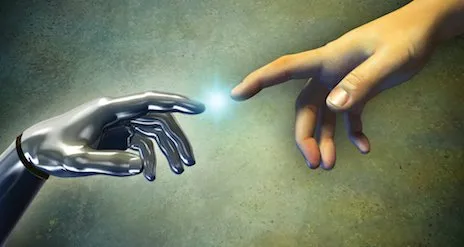
Science fiction has changed throughout the decades from a genre scoffed at at the edges of the literary world to a well-respected literary form. In many ways, it attempts many of the same things as other forms of more conventional literature: social commentary, communication of the ironies of our time, a view on the human condition. But it takes those themes of literature, and takes them one step further. It inspires dreams to become a reality.
From Pen to Paper, From Paper to Reality
Nothing in this world can be created by the hand of man without it first being dreamt up. And that is the role that sci-fi plays: the dreaming. It has served as the catalyst to initiate enormous and world changing discoveries. There are countless examples of sci-fi writers dreaming of something, and then decades later it becoming a reality.
- Rocket Space Travel
In the 19th century, Jules Verne was known for dreaming up impossibilities that later inspired reality. He was one of the first to imagine travel moon, particularly impressive considering this was before the idea of flight had even become reality. In "From the Earth to the Moon", he accurately predicted many of the elements of the first lunar landing mission, from the idea a metal space capsule to the amount of force necessary to leave the Earth's atmosphere. (Source)
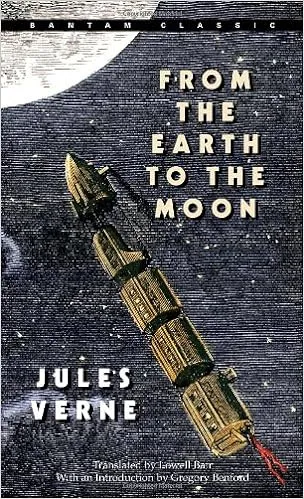
- Atomic Power
Leo Slizard, the physicist who first managed to create a nuclear chain reaction, was strongly influenced by the H.G. Wells novel The World Set Free. In this novel, Wells imagined what was possible with atomic power, and even coined the term "atomic bomb." (Source)
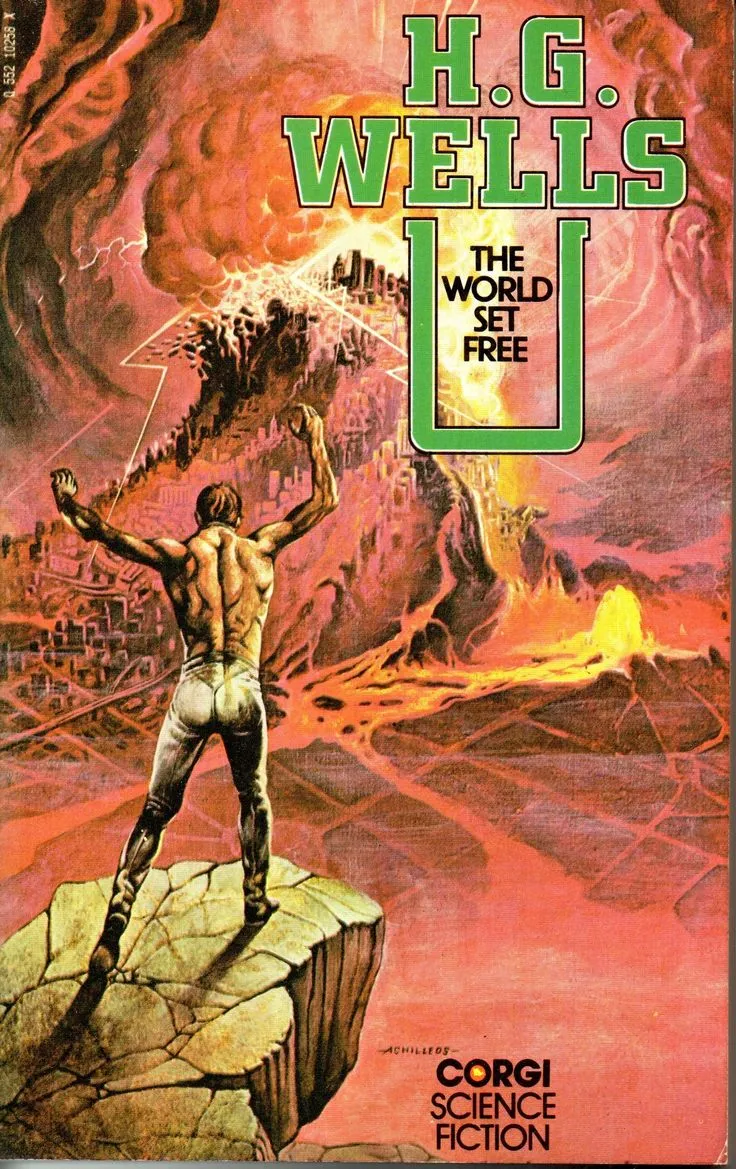
- The Cellphone
Martin Cooper, the inventor of the cellphone, has directly credited Star Trek as inspiring his first mobile phone design. “That was not fantasy to us,” Cooper said, “that was an objective.” (Source)
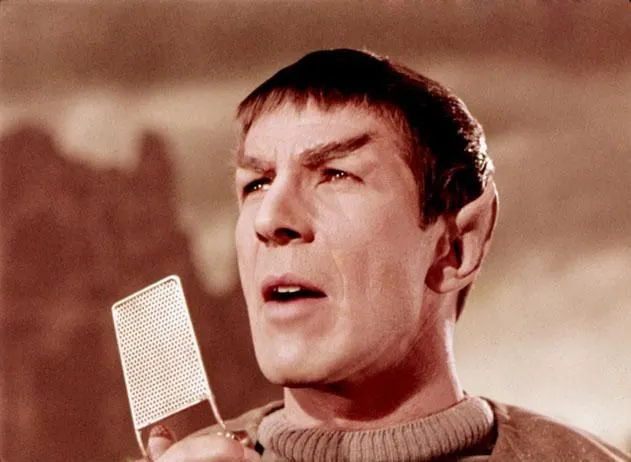
"Anything that one man can imagine, another man can make real."
There are a million other examples where the dreams of one man (or woman), written or shared in some way, became the reality of another. Sci-fi is not just wild conjecture. There is an entire sub-genre, known as "hard sci-fi", that is dedicated to scientific rigor. Many science fiction writers have strong technical backgrounds (think Isaac Asimov, Fred Hoyle, EE Smith). (Source)The ideas of these writers are the torch of hope, passed down from generation to generation. Hope and inspiration of what the world might be.
Igor Sikorsky, the inventor of the modern helicopter, often quoted Jules Verne, saying “Anything that one man can imagine, another man can make real.” (Source) And that is really what science fiction is. They are the dreams of men, shared so that they might become real.
